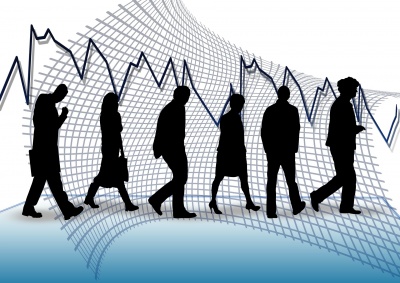Macroeconomics activity and demand/Economic indicators
Coincident indicator
Unlike the leading economic indicator, the coincident indicator provides an estimate of the current state of the economy. In this reading, you will observe the set of variables for this indicator, and you should be able to draw comparisons between this and the leading and the lagging indicators.
Lagging indicator
Unlike the other two indicators, the lagging indicator provides an estimate of the state of the economy after the fact. For instance, the unemployment rate, as a lagging indicator, will decrease (increase) after an economic expansion (contraction) already began. In this reading, you will observe the set of variables for this indicator, and you should be able to draw comparisons among this and the leading and coincident indicators.
Consumer Confidence Index (CCI)
Anther indicator is the "Consumer Confidence Index". In this Wikipedia article you will learn the CCI is important to measure because it can provide a reading on whether consumers are optimistic or pessimistic in their economic outlook. Their perspectives give hints about future purchases. For example, durable goods last a long time and consumers will postpone a purchase until they believe the economy is moving in the right direction.
Suggested Further Reading
If you want to dig deeper into indicators and their uses in comparing economies to each other, you should read Chapter 19: Introduction to Macroeconomic Policy Around the World" from OpenStax College's book Introduction to Macroeconomics. This is not manadatory but will give you a more complete understanding of policy and indices around the world.
When you're done, summarize your key take-away from these readings in a WeNotes Post.
